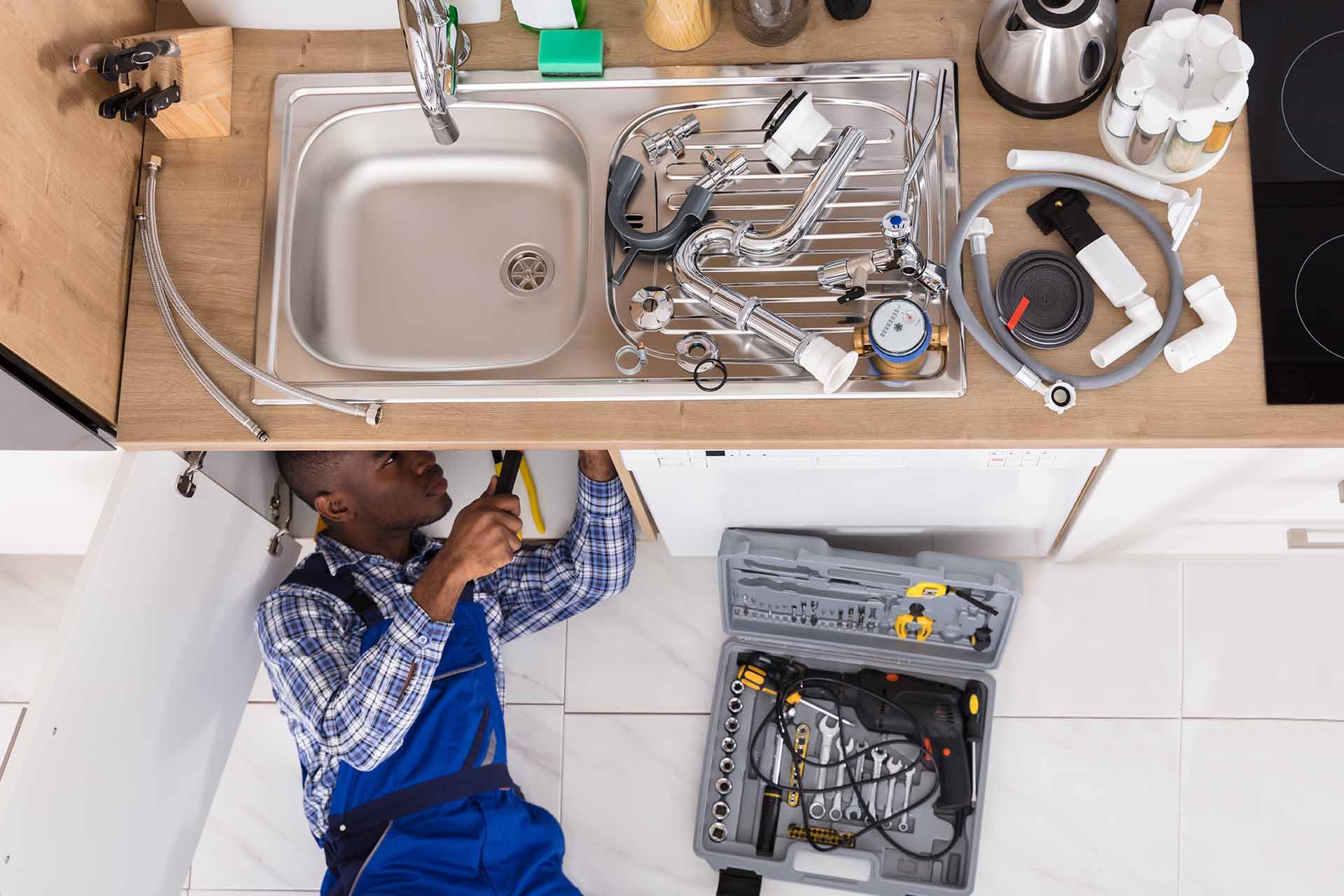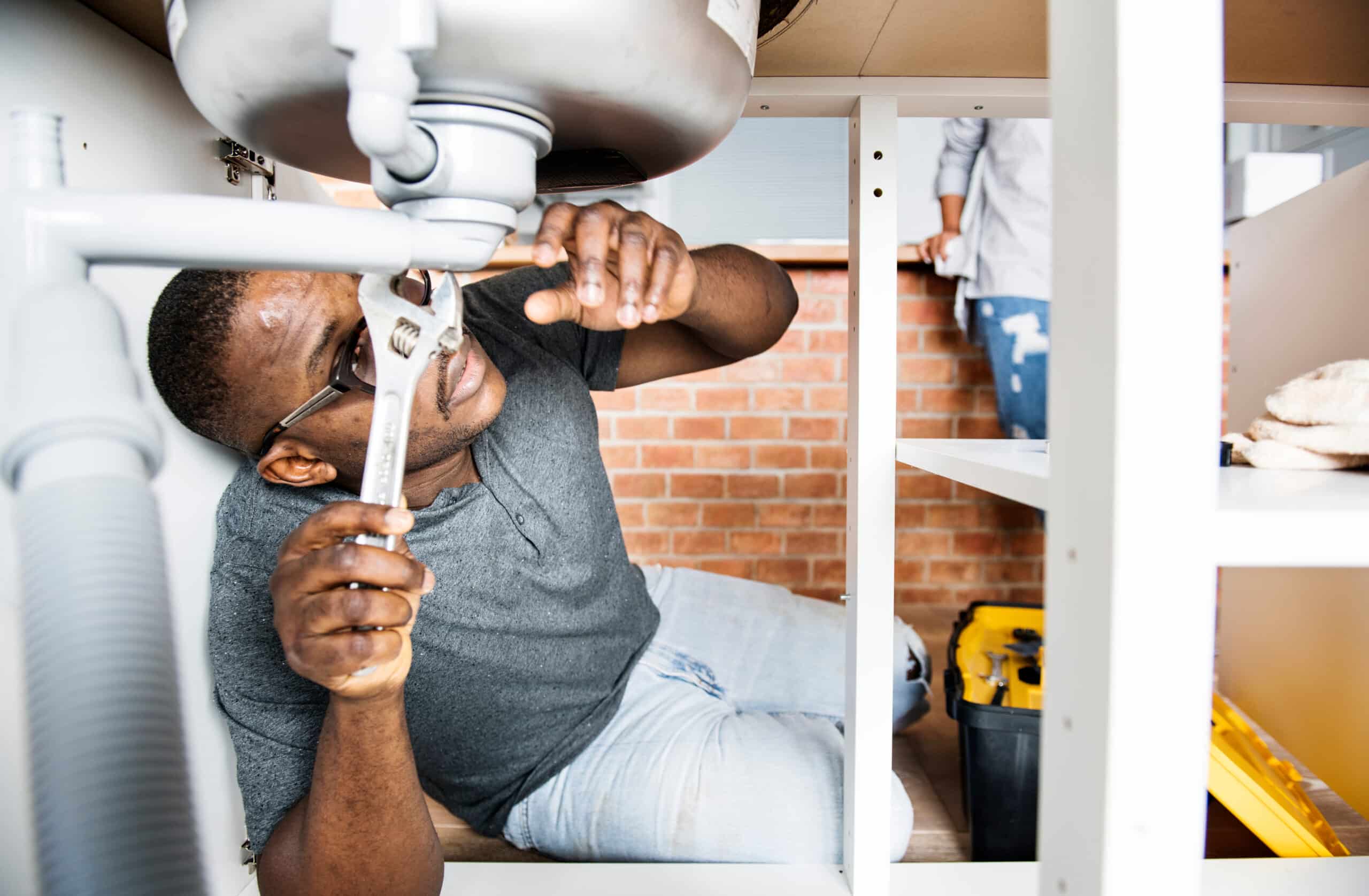Expert Water Heater Installation Alabaster AL You Can Trust
Expert Water Heater Installation Alabaster AL You Can Trust
Blog Article
A Detailed Overview to Efficient Water Heating Unit Setup for Optimal Performance
Starting the task of installing a water heating system is an endeavor that requires precision and an organized method for accomplishing optimum efficiency. The process starts with the vital choice of selecting the ideal heating unit tailored to the specific demands of your family, taking into consideration elements such as energy, kind, and dimension resource. Once selected, preparing the setup area to fulfill security criteria is extremely important. The journey doesn't end here. As you continue, the ins and outs of linking water lines and establishing trusted electrical or gas connections await, promising understandings right into ensuring effectiveness and dependability.
Picking the Right Water Heater

Next, consider the size and capability of the hot water heater. It's crucial to evaluate your house's warm water needs, which can vary based on the variety of owners and their usage patterns. A system that's too little may bring about inadequate warm water, while an extra-large model might result in unneeded energy usage.
Efficiency rankings also play a crucial function in selection. Seek water heaters with high Energy Element (EF) scores, indicating exceptional efficiency and decreased power usage. Tankless models, though typically extra costly upfront, offer considerable energy financial savings over time as a result of their on-demand home heating capacities.
Preparing the Installation Location
Before setting up a brand-new water heating system, precise preparation of the setup location is important. It's important to determine the space carefully to accommodate the water heating system's dimensions, guaranteeing sufficient clearance around the unit for efficient procedure and maintenance.
Next, get rid of any type of debris, dirt, or obstructions from the site to create a tidy atmosphere. Examine the floor for security, as the water heating system will certainly require a strong, degree surface to operate efficiently. If needed, set up a drip frying pan beneath the unit to catch potential leaks or spills, protecting against water damages to the surrounding location. In areas vulnerable to seismic task, consider installing seismic straps to secure the heater securely in position.
Additionally, ensure that all necessary devices and products get on hand prior to beginning the setup. This includes items such as wrenches, screwdrivers, a level, and any kind of added equipment required for safeguarding the heating system and installing. A well-prepared setup area establishes the structure for a successful hot water heater setup, maximizing efficiency and safety.
Connecting Water Lines
When attaching supply of water lines to your newly installed water heating system, it is essential to make sure that all connections are secure and leak-free to weblink preserve reliable operation and prevent water damage. Begin by recognizing the hot and chilly water lines. The cool water inlet is generally marked with a blue label or a "C", while the warm water electrical outlet is marked with a red tag or an "H".
Use versatile water heating unit connectors to help with a much easier installment process. Before attaching the adapters, put a plumbing's tape around the threaded ends of the water heater's inlet and electrical outlet pipelines.
When connections remain in area, gradually transform on the major water system valve. Evaluate each connection for leaks by aesthetically examining and really feeling for wetness. Tighten up links as needed, and ensure the stress safety valve is correctly set up, guarding versus extreme stress accumulation.
Establishing Up Electrical or Gas Connections
Properly establishing up the electric or gas connections for your hot water heater is a vital step to make certain safe and efficient procedure. For electrical water heating units, start by validating that the electrical circuit works with the heating system's voltage and amperage requirements. Guarantee the power supply is transformed off at the breaker to avoid mishaps. Link the electrical cords to the heating unit following the manufacturer's circuitry diagram. Normally, this entails attaching the ground wire to the environment-friendly terminal, and the continuing to be cables to their equivalent terminals, protecting each with wire nuts.
For gas water heating systems, safety is critical. Connect the gas line to the water heating system making use of an adaptable gas adapter, guaranteeing it is properly threaded and secured with pipe joint substance or Teflon tape ideal for gas connections.
Once connections are made, evaluate for any find out possible leakages. For gas lines, use a soapy water solution to the joints; bubbles suggest a leak. For electrical connections, confirm that all wiring is safe and secure and effectively shielded, maintaining compliance with local electrical codes.
Examining and Changing for Performance
With the electrical and gas connections firmly in position, the next action is evaluating the operational performance of your hot water heater. Begin by very carefully turning on the water and guaranteeing there are no leaks at any one of the shutoffs or joints. When validated, proceed to fill the tank, focusing on the pressure and temperature settings. It is advisable to establish the thermostat to a suggested temperature level of around 120 ° F(49 ° C) to balance power performance and convenience.
Next, carry out a comprehensive inspection to guarantee the burner or gas heaters are working appropriately. For electrical heaters, utilize a multimeter to confirm if the elements are drawing the appropriate existing. In gas designs, observe the burner flame; it ought to be blue and consistent, indicating reliable burning.
Adjust the setups as necessary to remove ineffectiveness. Take into consideration implementing insulation measures, such as adding a hot water heater covering, to further improve efficiency by minimizing warm loss. In addition, examine the anode pole's condition, as a deteriorated rod can decrease effectiveness and cause storage tank rust.
Verdict
Effective hot water heater installment is important for making sure optimum performance and power financial savings. By choosing the suitable kind and size, and thoroughly preparing the installment area, a foundation for success is developed. Firmly linking water supply lines and very carefully establishing electrical or gas links decrease possible problems. Comprehensive screening for leaks and precise thermostat modifications to 120 ° F improve reliability and efficiency. Complying with these actions advertises long-lasting pop over to this site capability and power preservation in property water home heating systems.

Properly setting up the electric or gas connections for your water heater is a vital step to make certain reliable and risk-free procedure. For electrical water heating units, begin by verifying that the electric circuit is compatible with the heating unit's voltage and amperage demands. Connect the gas line to the water heating system utilizing a flexible gas connector, guaranteeing it is properly threaded and secured with pipeline joint substance or Teflon tape ideal for gas connections.
Report this page